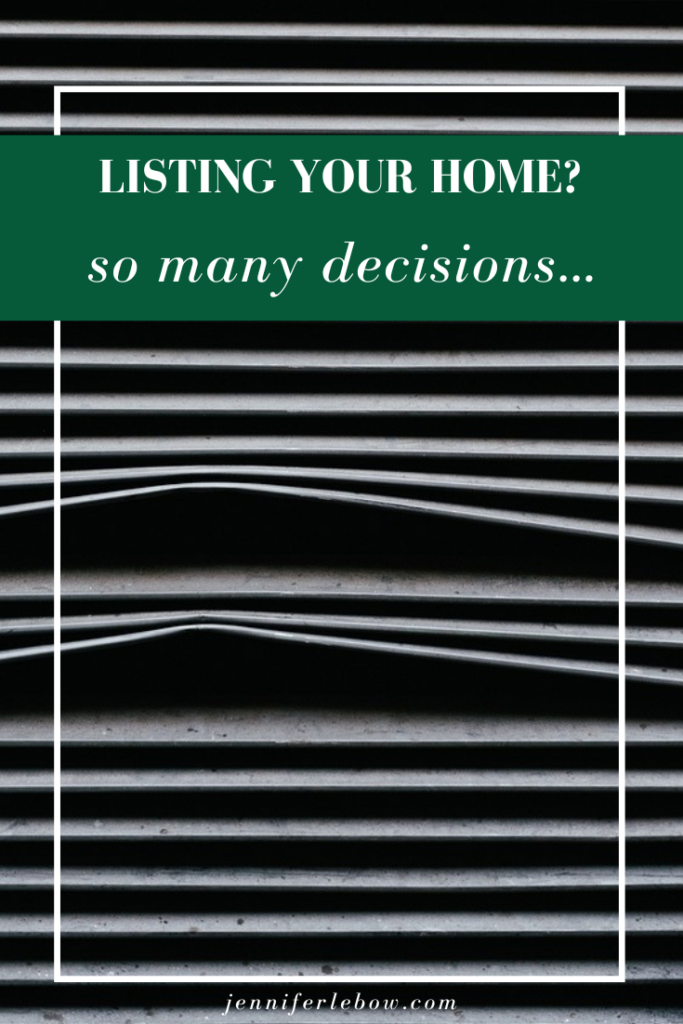
What are the effects of an interest rate drop?
I am fielding this question a lot, lately, and I wish I could give a clear, direct response. Unfortunately, there is not necessarily a direct correlation between rate changes and market changes. How buyers and sellers react to news of a rate drop further affects the market.
Advantages to Buyers
- You can borrow more money for the same monthly payment.
- More choices, as more sellers will list as they perceive an increase in buyer pool for their properties (and more for them to choose from as well on the buy side, increasing their motivation to sell).
Disadvantages to Buyers
- Other buyers can borrow more money for the same monthly payment, increasing competition, which drives prices up.
- Sellers may increase their list prices positing that if someone can pay a higher price, but maintain the same monthly payment, some buyers may be willing to pay more for a house.
Advantages to Sellers
- More buyers will enter the market, as they can borrow more money for the same monthly payment.
- Buyers can borrow more (while maintaining the same monthly payment), driving purchase prices up.
Disadvantages to Sellers
- More sellers trying to capitalize on the advantages can translate to more options for buyers, meaning less demand for all properties, including yours.
- Increased competition on the buying side (IF it outweighs the decrease brought about by additional inventory) may make it harder for sellers who need to buy.
Murky unknowns
Recognize that the behavior of the real estate market hinges on a group of inter-related economic conditions. No single factor can be considered in a vacuum, without understanding how it affects the others. For example, increased inventory CAN lead to less competition for any single property (good for buyers, bad for sellers), though an uptick in buyers may increase competition for any and all properties, thus neutralizing any effects of greater inventory. Finally, this post doesn’t address and external influences like the election, unemployment numbers, world events or any of the countless other things that may affect housing prices. So there is no simple, direct correlation between the change in a single factor (like the interest rate) and how the market will react.








